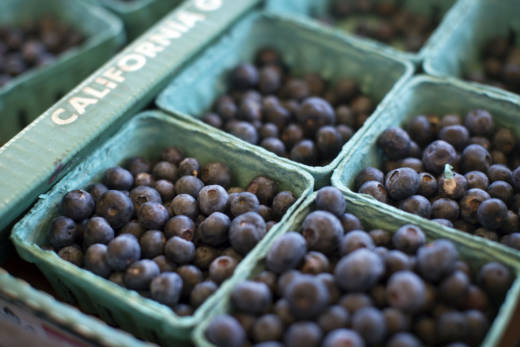Thanks to a historically wet winter, Central Valley farmers south of the Sacramento-San Joaquin Delta got some long-awaited good news this week from federal water managers. For the first time in more than a decade, they will receive their full allotment of groundwater from the Central Valley Project.
It's a remarkable turnaround from last year, when farmers got only a 5 percent allotment, or even earlier this year, when they got 65 percent.
But don't expect more water to trickle down to lower prices in your local produce aisle.
"You won’t notice," said Daniel Sumner, a professor of agricultural economics at UC Davis.
That’s because even during the driest days of the drought, farmers kept growing the kinds of high-value crops consumers buy in the grocery store, even if it meant pumping groundwater, he said.
